Kingdom Viridiplantae | ||
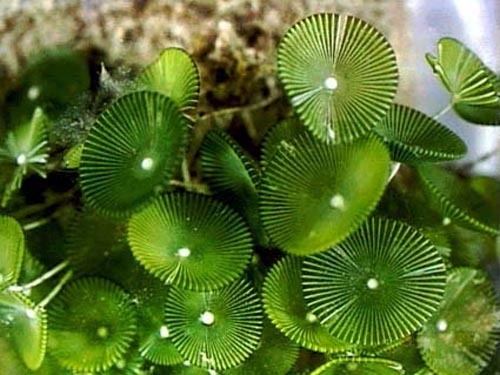 | ||
Similar | ||
A beauty acetabularia the best single celled organism
Acetabularia is a genus of green algae, specifically of the Polyphysaceae family, Typically found in subtropical waters, Acetabularia is a single-celled organism, but gigantic in size and complex in form, making it an excellent model organism for studying cell biology. In form, the mature Acetabularia resembles the round leaves of a nasturtium, is 0.5 to 10 cm tall and has three anatomical parts: a bottom rhizoid that resembles a set of short roots; a long stalk in the middle; and a top umbrella of branches that may fuse into a cap. The single nucleus of Acetabularia is located in the rhizoid, and allows the cell to regenerate completely if its cap is removed. The caps of two Acetabularia may also be exchanged, even from two different species. In addition, if a piece of the stem is removed, with no access to the nucleus in the rhizoid, this isolated stem piece will also grow a new cap.
Contents
- A beauty acetabularia the best single celled organism
- Hammerling acetabularia
- Etymology
- Anatomy and life cycle
- Hmmerlings experiment
- Morphogenesis
- Internal chemical gradients
- Circadian rhythms
- Aquarium Trade
- References
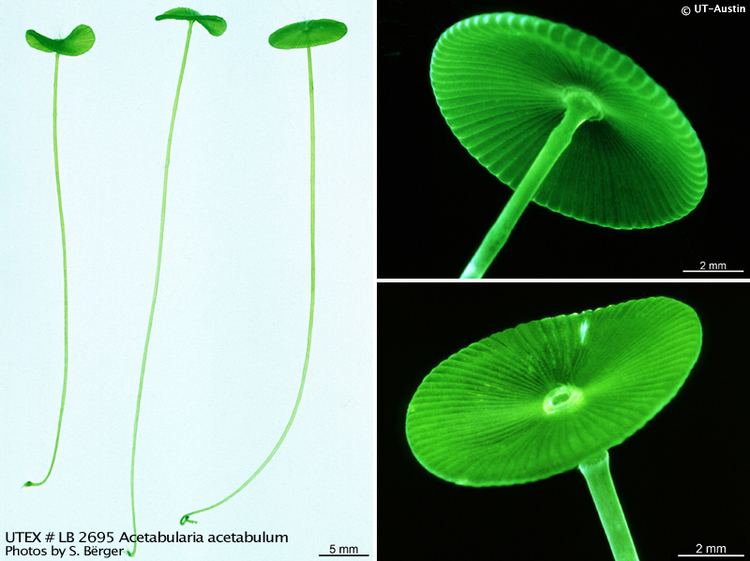
In the 1930s–1950s Joachim Hämmerling conducted experiments in which he demonstrated Acetabularia's genetic information is contained in the nucleus. This was the first demonstration that genes are encoded by DNA in eukaryotes; earlier studies by Oswald Avery and others had shown that this was true for prokaryotes.
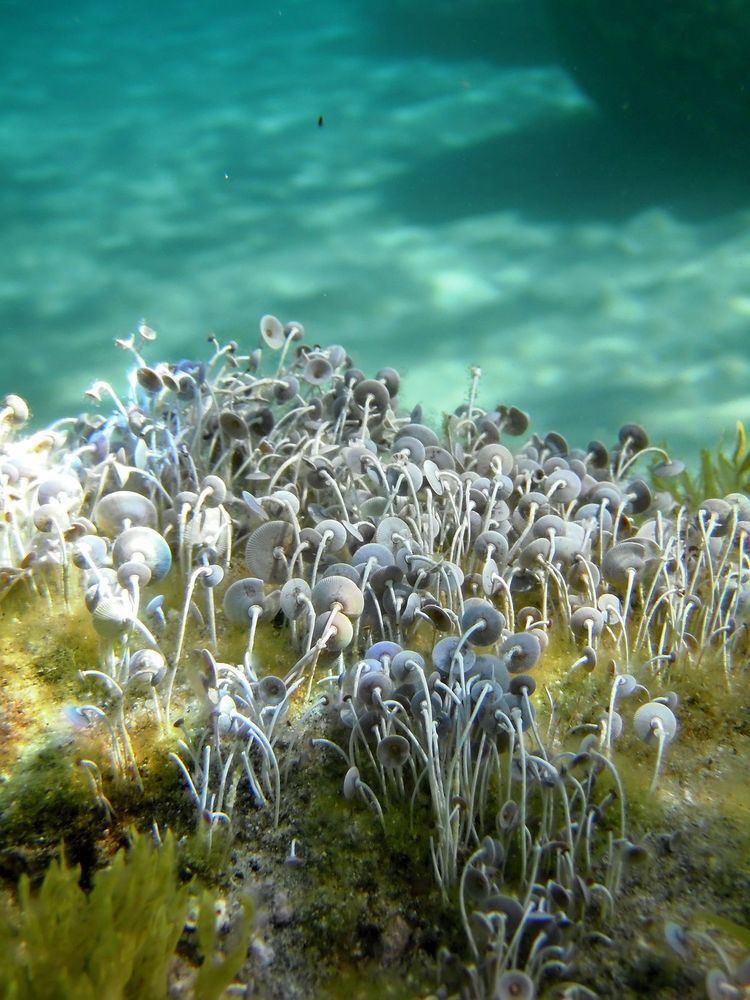
Hammerling acetabularia
Etymology

The name, Acetabularia, derives from the Latin word acetabulum, a broad, shallow cup used for dipping bread; the upturned cap of Acetabularia resembles such a cup. For this reason, it is also sometimes called mermaid's wineglass.
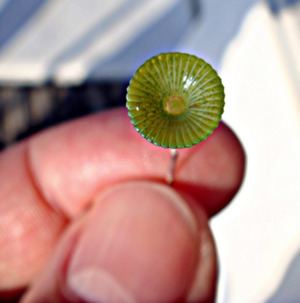
In the 19th century the same designation Acetabularia was proposed by George Edward Massee for a genus of fungi (now Cyphellopus), but this usage is obsolete and considered invalid as the algal name takes precedence.
Anatomy and life cycle
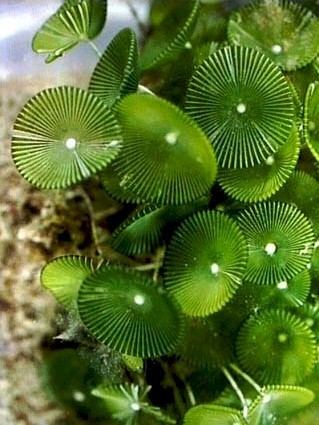
Acetabularia has three basic parts: its rhizoid, a short set of root-like appendages that contain the nucleus and anchor the cell to fissures in a substrate; its median stalk, which accounts for most of its length; and its apex, where its cap forms. There are usually several whorls of hair-like appendages close to the apex.
Acetabularia are among the largest single-celled organisms, having also a remarkably large nucleus. During sexual reproduction, the nucleus undergoes multiple rounds of mitosis, forming many daughter nuclei all within one nuclear membrane. These nuclei undergo meiosis and are transported to the tips of the branches, the sporangia, where they are released as gametes.
Hämmerling's experiment
Each Acetabularia cell is composed of three segments: the "foot" or base which contains the nucleus, the "stalk," and the "cap." Hämmerling exchanged caps between individuals from two species, A. mediterranea and A. crenulata. A. mediterranea has a smooth, disc shaped cap, while A. crenulata has a branched, flower-like cap.
After the exchange, each transplanted cap gradually changed from its original form to the form typical for the species of the base it was now attached to. This showed that the nucleus controlled the form of the cap.
In another experiment, Hämmerling inserted a nucleus from one species of Acetabularia into an intact Acetabularia of a different species. The Acetabularia then produced a hybrid cap with characteristics of both species. This showed that both nuclei influenced the form of the cap.
Hammerling's results showed that the nucleus of a cell contains the genetic information that directs cellular development.
Morphogenesis
Although a single cell, Acetabularia exhibits a remarkably complex shape and has therefore long been a model organism for studying gene expression and morphogenesis. It seems to transport messenger RNA molecules (in an inactive riboprotein form) from the nucleus to its apical tips, where they are translated into proteins. These molecules may be activated by proteolysis of their protein carrier molecules, but this has not been verified as yet.
Internal chemical gradients
In addition to its gradient in specific mRNA molecules, Acetabularia exhibits concentration gradients in several types of molecules, such as ascorbic acid.
Circadian rhythms
Acetabularia has been used to study circadian rhythms.
Aquarium Trade
Acetabularia species occasionally make their way into the aquarium trade. They are generally considered to be more difficult or unappealing macroalgae to care for in the reef aquarium, a fish-only, or a FOWLR (Fish Only With Live Rock) system, as they are delicate, readily eaten by herbivorous fish, grow slowly, and do not have the high nutrient uptake that reef aquarium refugium species (such as Chaetomorpha and Caulerpa) do. However, they are suitable for a macroalgae display tank, and thus macroalgae suppliers often carry species of Acetabularia.
